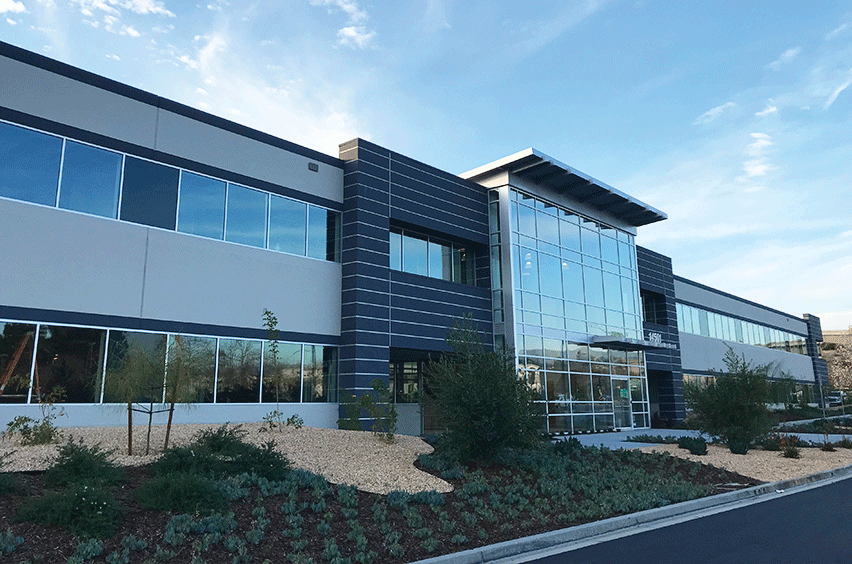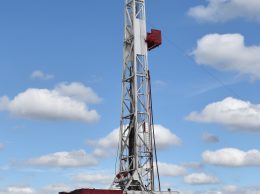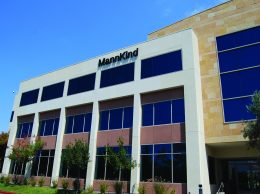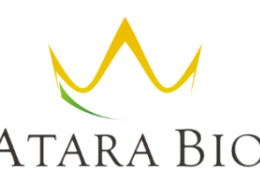AeroVironment shares in nosedive after company lowers revenue guidance
IN THIS ARTICLE
- Banking & Finance Topic
- Jorge Mercado Author
By Jorge Mercado Tuesday, December 7th, 2021
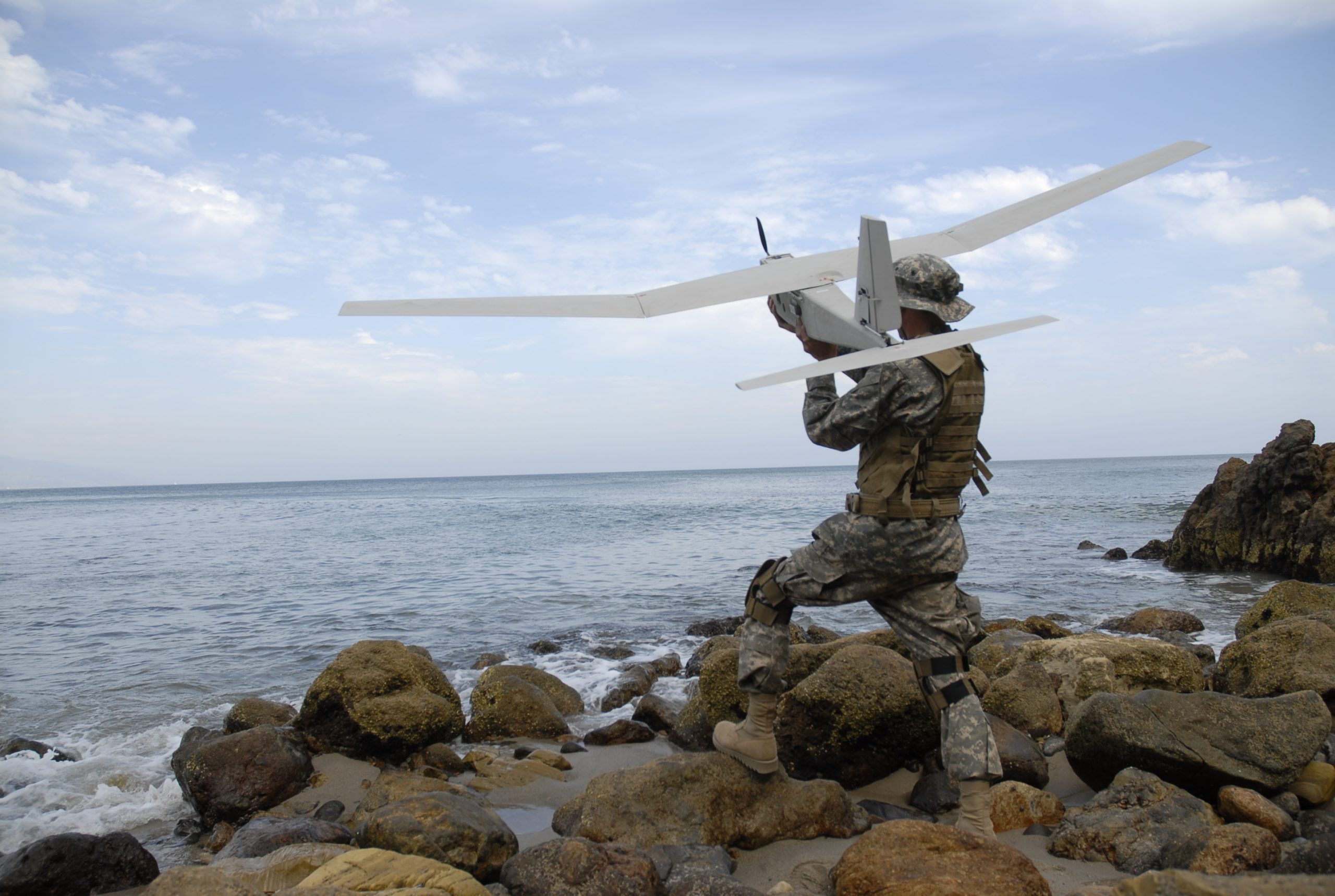
Shares of AeroVironment plummeted 27.5% on Dec. 7 after the company announced with its quarterly financial results that it would slash its full-year revenue guidance by at least $100 million, “primarily due to three headwinds” tied to supply chains and staffing.
AeroVironment, an aerial drone company based in Arlington, Virginia but with major operations in Simi Valley, actually beat analysts’ earnings expectations for the quarter ended Oct. 30. Adjusted earnings were 78 cents per share, beating the 62 cents per share predicted by FactSet Research Systems, a financial data and software company. Net income for the quarter was $2.5 million, up from $2.1 million in the same quarter a year ago, and non-adjusted earnings per share grew from 9 cents to 10 cents in that period.
AeroVironment’s revenue for the most recent quarter was $122 million, up 32% from a year earlier but still short of FactSet’s projection of $130 million.
That revenue miss, coupled with the fact the company announced it would slash full-year revenue guidance from the range of $560 million to $580 million to a range of $440 million to $460 million, is what led to the huge sell-off.
AeroVironment CEO Wahid Nawabi said during the company’s earnings call that the “three headwinds impacting the company are major supply chain constraints; extended procurement cycles and order delays due to the global COVID-19 pandemic exacerbated by current virus variants; and staffing shortages, especially for highly, highly talented qualified engineering talent.”
In the company’s news release, AeroVironment also stated “slower decision-making in Washington tied to Continuing Resolution-related budget uncertainties” as another reason for the reset in guidance. AeroVironment relies on government contracts for much of its business.
“We delivered a solid quarter and first half in line with our expectations, but we’re experiencing macro headwinds in the second half of fiscal year 2022 and to account for these challenges we have adjusted our fiscal year guidance,” Nawabi said.
MarketWatch reported that the 27.5% drop would be the biggest single-day decline for AeroVironment in the past 12 years. The biggest was on March 10, 2009, when the company’s shares dropped 33.6%.
Shares of AeroVironment closed at $57.98 on Dec. 7, their lowest closing price since February 2020. The stock is down 37.7% since the start of the year.
AeroVironment’s market capitalization was just under $1.5 billion on Dec. 7, down from more than $2 billion the day before.
“We believe that it’s going to start to get better and it has gotten better, but now the delta variant and the omicron variant threw a wrench in that,” Nawabi said. “So I believe that over the short term it’s eventually going to work its way out, but it is a very dynamic market. Things are changing literally on a daily and a weekly basis and so it’s really difficult to predict far ahead.”
Nawabi said that for the past 18 months, AeroVironment has been able to navigate through supply chain problems; however, the length and duration of the COVID-19 pandemic has “exhausted” the company’s proactive measures.
“The supply chain as a whole, even suppliers and distributors and manufacturers, were not able to help us anymore,” Nawabi said.
The majority of the company’s sales stems from product revenue, and those were impacted by supply chain issues. In the most recent quarter, AeroVironment delivered product sales worth $70.9 million, up from $65.5 million in the same quarter last year.
“But many of the issues that I described in terms of the headwinds impact the ability for us to manufacture products and deliver products, and also to secure contracts related to that … so the reductions are impacting all of our businesses, but products are getting impacted slightly higher,” Nawabi said.
The company’s revenue growth could be attributed to growth in its medium unmanned aircraft systems (MUAS), which contributed $26.5 million, and unmanned ground vehicles segments, which contributed $6.5 million. Both segments grew, in part because of two acquisitions the company made earlier this year, of Arcturus UAV and Telerob.
“We continue to expand the company’s basic business, strengthening our leading position across the unmanned robotic systems landscape,” Nawabi said. “Our team remains committed to managing the near-term macro challenges while achieving the long-term vision of our company and creating shareholder value.”
Gross margin grew for the company in the second quarter of its 2021-22 fiscal year, to $42.5 million, up 4% from the same period a year ago. Income from operations dipped, however, to $3.3 million, compared to $13.9 million a year ago.
AeroVironment ended the quarter with $104.7 million in cash and cash equivalents.
